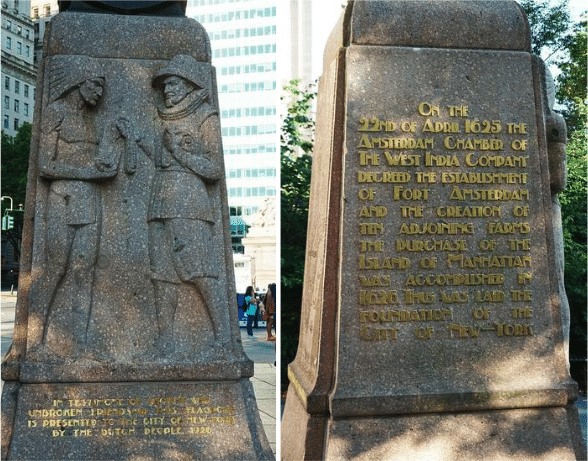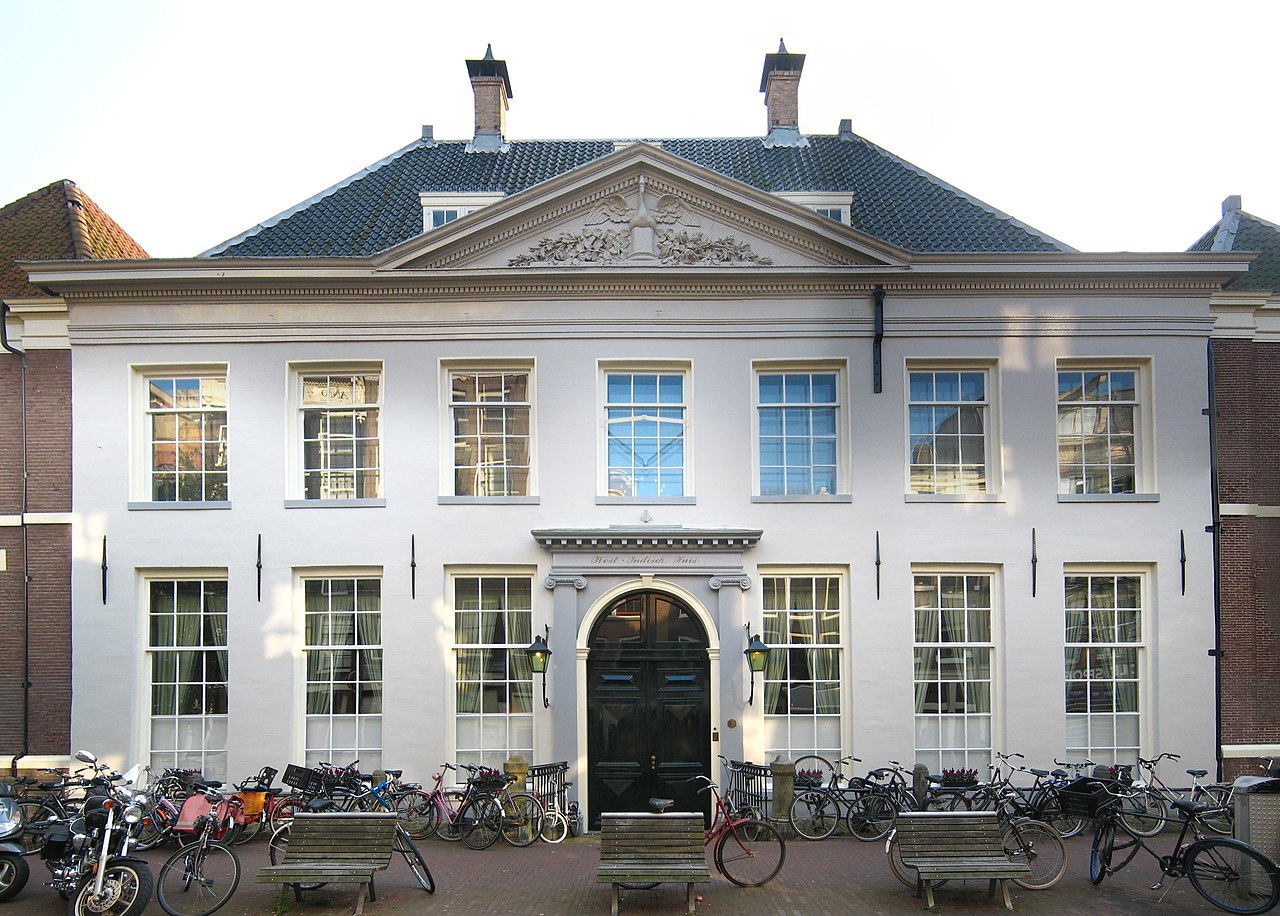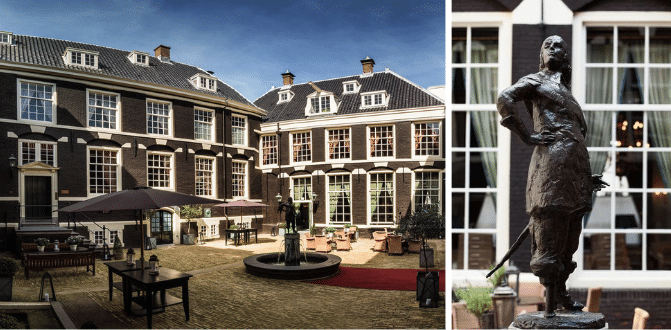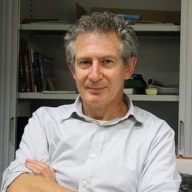Everyone knows the Dutch “bought” Manhattan from a local Native American tribe for a few lengths of cloth and a fistful of beads. The bargain struck by Peter Minuit, an employee of the Dutch West India Company, was perhaps the smartest real estate deal in history.
 A monument in lower Manhattan commemorates the legendary transaction between the indigenous Lenape and the Dutch colonisers.
A monument in lower Manhattan commemorates the legendary transaction between the indigenous Lenape and the Dutch colonisers.The company that “bought” Manhattan was based in a handsome classical building that is still standing on the Herenmarkt in the heart of Amsterdam. When news of the purchase reached company headquarters in November 1626, Peter Schagen, a director, wrote a letter to the States General in The Hague. ‘Our people have purchased the island Manhattes from the Indians for the value of 60 guilders,’ he reported.
 The West India House in Amsterdam, headquarters of the Dutch West India Company from 1623 to 1647
The West India House in Amsterdam, headquarters of the Dutch West India Company from 1623 to 1647© Amsterdam Insights
The directors had already ordered the construction of Fort Amsterdam on the island. This was the beginning of the Dutch settlement of New Amsterdam, later New York. But the directors didn’t pay much attention to the island on the Hudson River. They were much more impressed by the exploits of Piet Heyn, the Dutch captain who in 1628 attacked a Spanish fleet carrying silver from South America.
 Flag of the Dutch West India Company
Flag of the Dutch West India Company© Wikipedia
Inside the West India House courtyard, a bronze statue commemorates Pieter Stuyvesant, the last Dutch governor of New Amsterdam. He expanded the original settlement by adding the street that became Broadway and the wall that gave Wall Street its name. The Dutch governor’s name crops up in several spots across New York, including Bedford-Stuyvesant neighbourhood and Stuyvesant High School.
But the West India Company didn’t survive for long. The company ran into financial problems after it lost control of Brazil in 1647. The settlement of New Amsterdam was taken over in 1664 by the British, who renamed it New York.
In the same year they lost Brazil, the West India Company moved its headquarters from the Herenmarkt to a warehouse on the east side of the city. The building where New York was founded is now used for weddings and events.
 Inside the West India House courtyard stands a bronze statue commemorates Pieter Stuyvesant, the last Dutch governor of New Amsterdam.
Inside the West India House courtyard stands a bronze statue commemorates Pieter Stuyvesant, the last Dutch governor of New Amsterdam.But there is one last link with America. The John Adams Institute is based in the West India House. Its role is to promote American culture in the Netherlands by organising readings, exhibitions and discussions.












